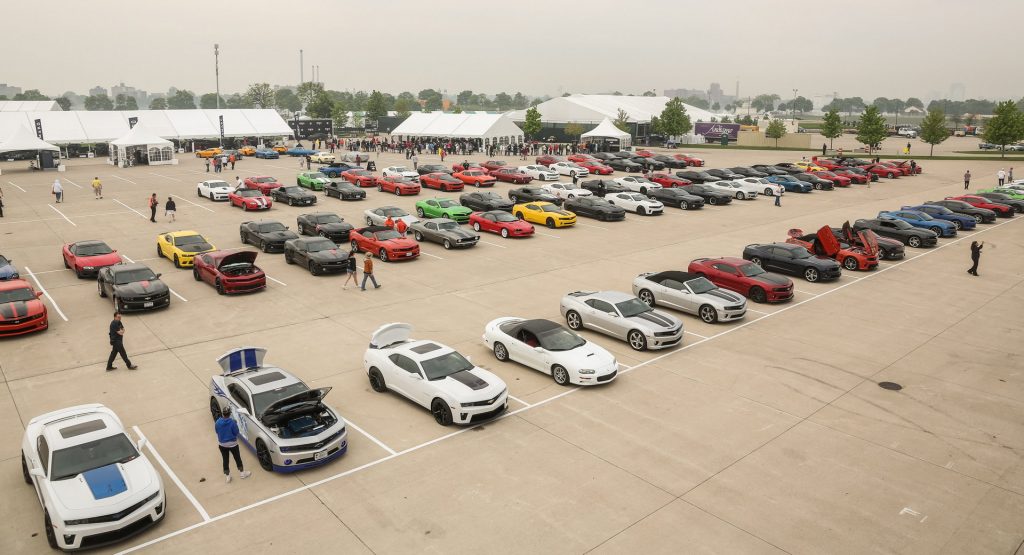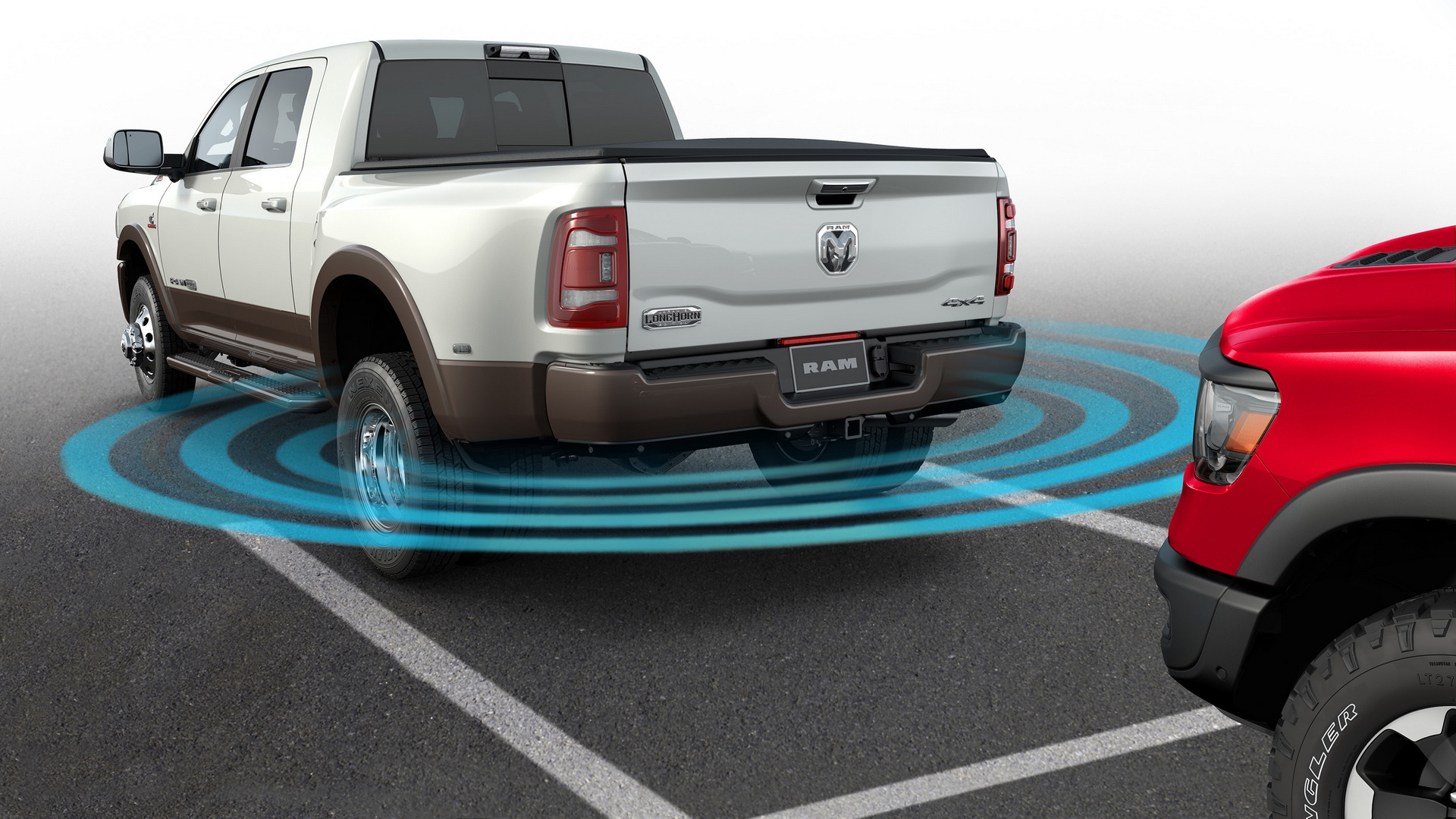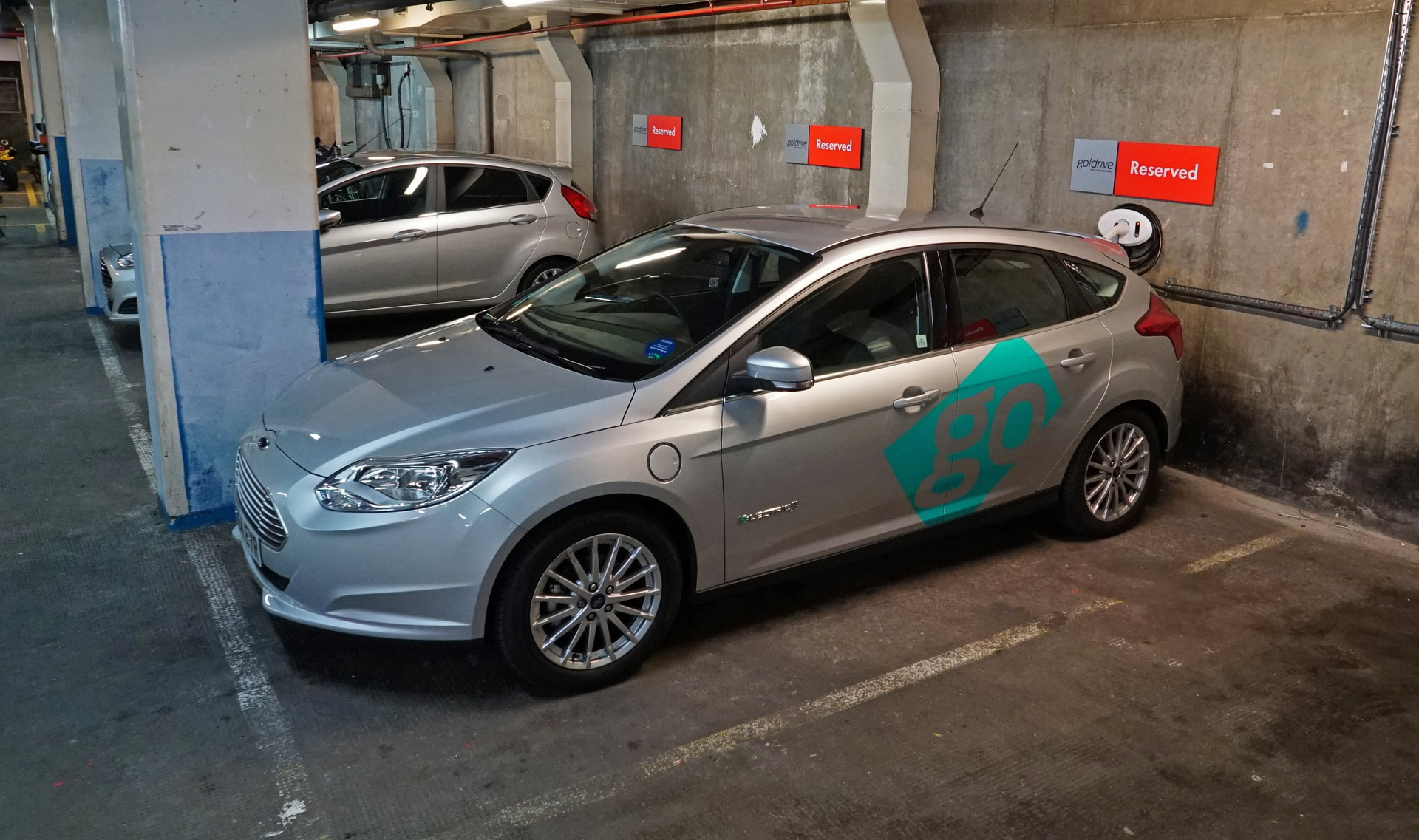Building codes set up after World War II introduced minimum parking requirements to cities across America. But the unquestioning continuance of those rules has led to the point where parking takes up nearly one-third of the land area in U.S. cities.
The rules were in response to the post-war growth of the automotive industry, but were implemented rigidly and without consideration for places where those parking spaces were going, according to Professor Daniel Baldwin Hess and Adjunct Assistant Professor Jeffrey Rehler of the University of Buffalo who recently wrote about the issue in Fast Company.
In Buffalo, the city where they teach, a building code established in 1953 that introduced minimum parking requirements meant that nearly half of downtown Buffalo was converted into parking lots, leading locals to joke that “if the goal was to destroy downtown, we only halfway succeeded.”
Read Also: Parking Spot In Hong Kong Sells For Record-Breaking $1.3 Million
In 2017, Buffalo introduced its new “Green Code” which repealed minimum parking requirements citywide. According to Hess and Rehler’s review of the code, it is changing the city’s urban form and is leading to a post-industrial renaissance. Empty storefronts, underutilized historic structures, and former industrial buildings are being rehabilitated and vacant parcels of land are being built on.
The change has led to fewer new parking spots, with many of the urban developers reviewed by Hess and Rehler incorporating 53 percent fewer parking spots than would have previously been required and some opting for no off-street parking at all. These were all in transit-rich areas, though, which allowed urban planners to offer more green space and more living space.
Still, in many of the suburban areas around Buffalo, new developments are exceeding the amount of parking required by the old codes pointing to a continued dependence on the car. Even despite COVID-19, though, our recovery from which has led to accelerating automotive sales, urban planners predict a post-pandemic return to cities that value walking and public transit over cars.
Indeed, the striking down of parking minimums is gaining traction throughout the U.S. Portland, Oregon, waived parking requirements for affordable housing developments in 2016, while Minneapolis struck down parking requirements for new developments in 2021. San Diego, California, Salt Lake City, Utah, Raleigh, North Carolina, and Richmond, Virginia are all considering similar measures, per the report.
All are trying to consciously prioritize people over parking and all could be part of a wave that changes the landscape of U.S. cities.






